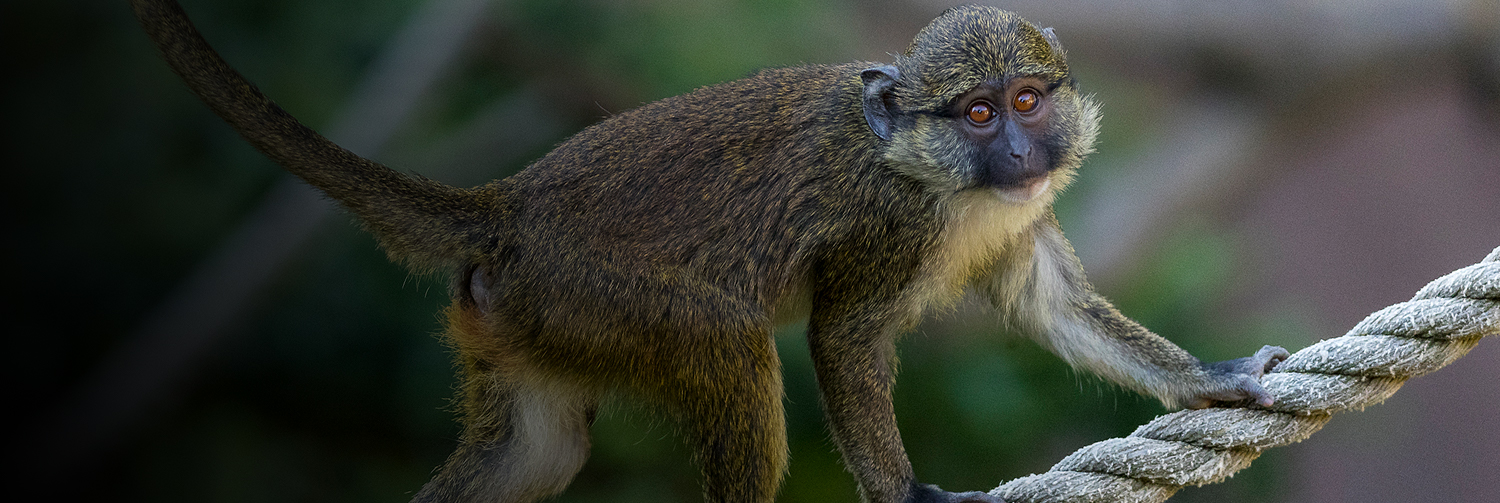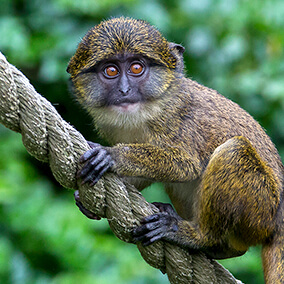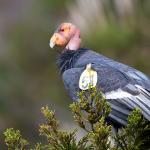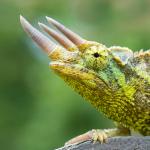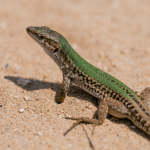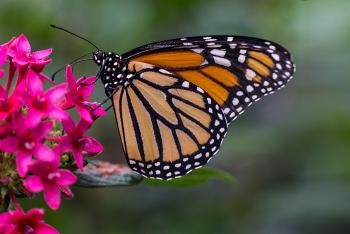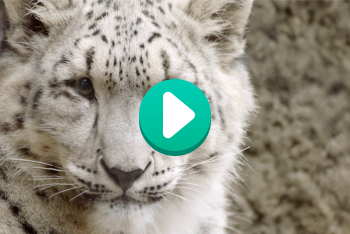
Allen's swamp monkey

Mammals


Stable
facts


Allen's swamp monkeys are omnivores, which means they eat a lot of things: fruits, seeds, insects, fish, shrimp, snails, small invertebrates and leaves. They forage for food on the ground and in shallow water.

description
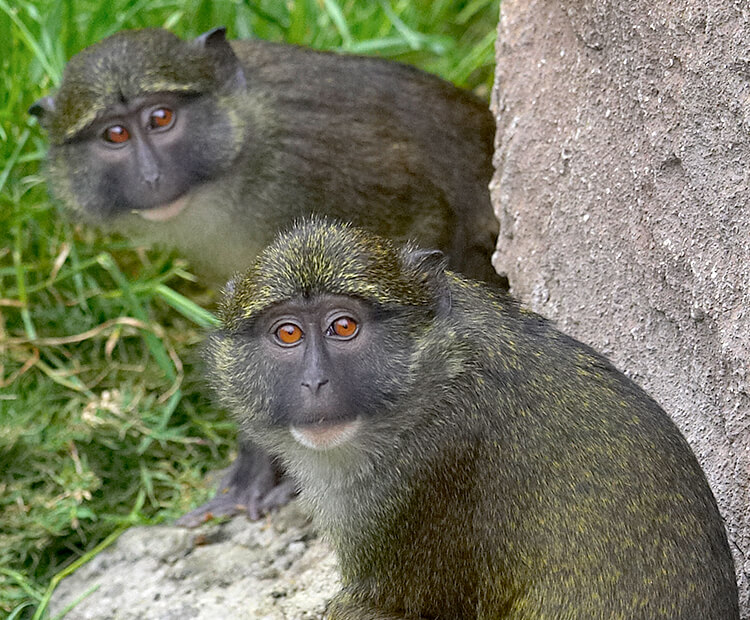
Group dynamics
Swamp monkeys are highly social animals, and live in groups of up to 40 members. As you may have guessed from their name, Allen's swamp monkeys live in swamp forests. Water is important to them, and groups may even choose to sleep near bodies of water. Like other primates, swamp monkeys groom each other to strengthen troop bonds.

Say what?
Allen's swamp monkeys use gestures and calls to communicate with the other members of their group. Many often rely on deep grunts to get their point across, while a chirp-like sound is used as a warning that predators such as raptors, snakes, and bonobos may be near. Body language and different types of touches also help these monkeys understand each other.
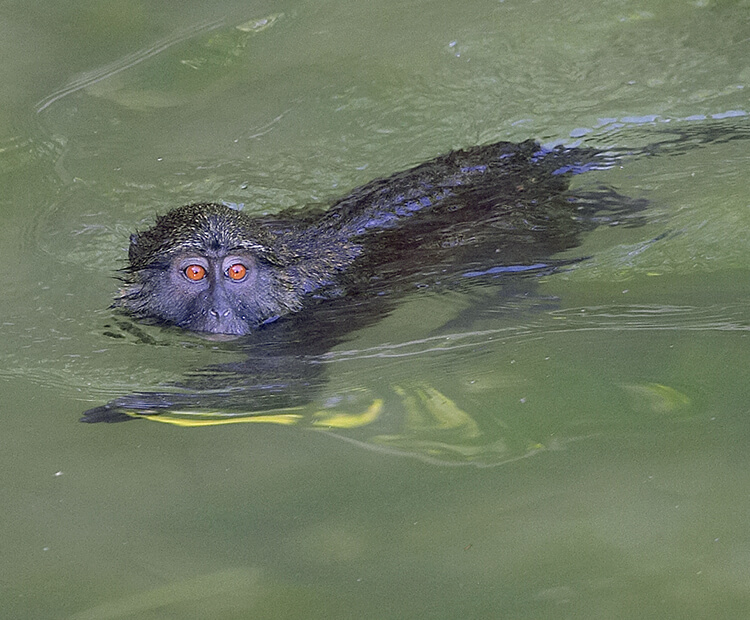
Powerful little primates
Allen's swamp monkeys are strong and stocky with gray/green fur and webbed fingers and toes.Their face is reddish, with patches of long hair on their cheeks They live in the swamp forests of Central Africa. Male swamp monkeys are larger than females. While they spend a lot of time in trees, they also forage for food on the ground. Their webbed fingers and toes help make them good swimmers—they may even dive into water to avoid predators. Water may also mean food, as Allen swamp monkeys "go fishing" for food by placing leaves or grass on the surface of the water and then grab the fish that come to hide under it.
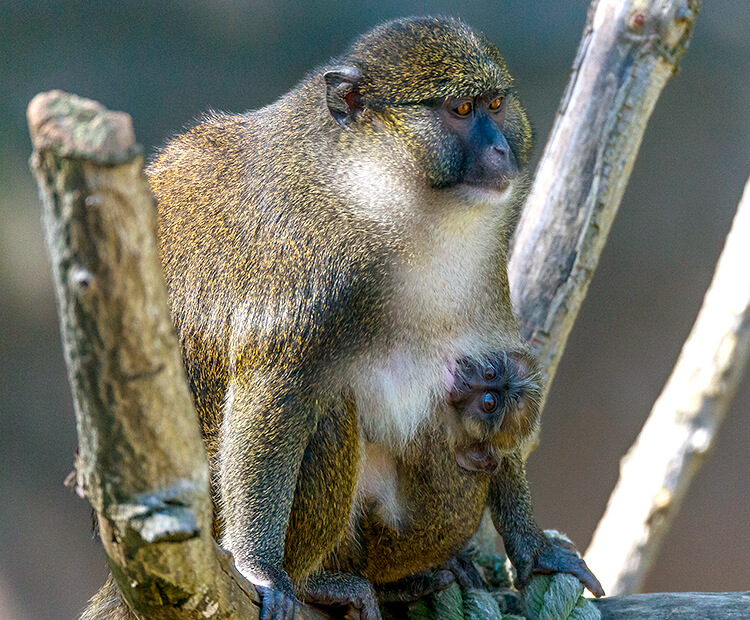
Baby talk
Females give birth to a single young or, very rarely, twins after a five to six month gestation period. Researchers believe females are the primary care givers. Youngsters are typically weaned after about three months and are very active. Allen's swamp monkeys are mature at three to five years of age, and they can live as long as 23 years.

